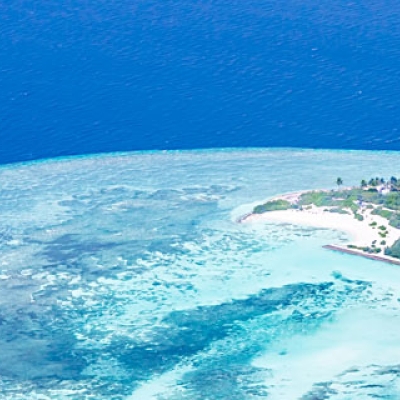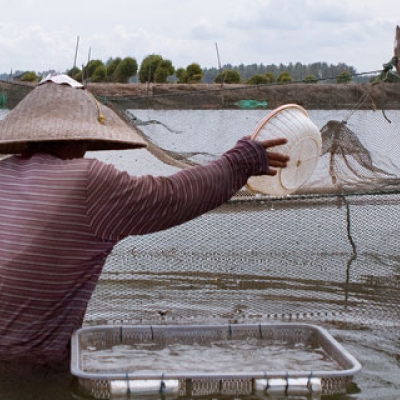
Earth Day at the Shack
By Cristina Eisenberg / On April 21st, 2011
Three springs ago I visited the Leopold Memorial Reserve—the depleted Wisconsin sand county farm Aldo Leopold bought in 1930 known as the “shack.” In the 1940s he recorded in his field notes that without large predators such as wolves to regulate their numbers, deer were eating aspens and other trees and shrubs to death. I wanted to see whether this was still so.



